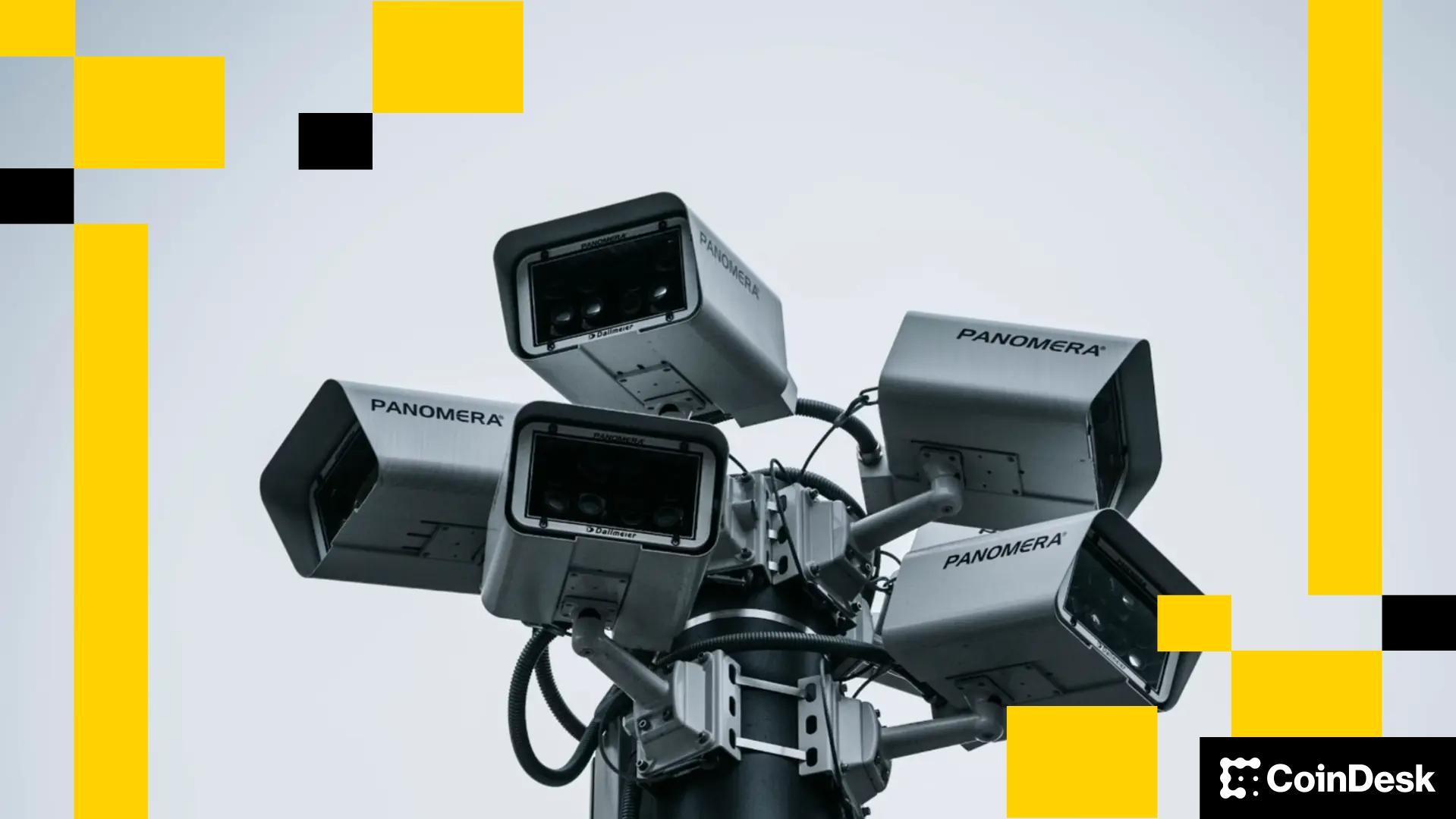Governments require banks to report your activities, determine if you are suspicious, and close your accounts when you go outside the norm. How? This dates back to 1970. President Richard Nixon had not yet been caught surveilling his political opponents. Instead, October 26, 1970 marks the moment when President Nixon signed the Bank Secrecy Act and laid the groundwork for a new financial oversight regime.
Since then, the American public has been forced to endure 55 years of ever-increasing financial scrutiny. Congress should not let the Bank Secrecy Act celebrate its 56th anniversary – at least not in its current form.
Often abbreviated to “BSA,” the Bank Secrecy Act was originally passed out of concern that the rise of air travel in the late 1960s would encourage Americans to hide their money in Swiss bank accounts. Although it is questionable how realistic this fear was, Congress passed the legislation. At the time, it required banks to keep records of their customers and report certain transactions.
The most infamous of these reports is the Foreign Exchange Transaction Report (CTR). In short, transactions over $10,000 had to be reported to the government. There was no need for there to be a crime or suspicion of a crime. It was enough to cross this threshold to attract the attention of the government. (We’ll return to these reports in a moment.)
As times have changed, so have concerns. Congress initially targeted tax evaders, but the Bank Secrecy Act was later expanded to also target drug traffickers. Later, it will be expanded again to pursue terrorists. More recently, Congress has been considering where and how to apply it to cryptocurrencies.
But it’s not just the goals that have changed. Congress has also gradually expanded the number of people who must report their clients under this regime. The list of so-called “financial institutions” includes things you might expect, like banks and credit unions. However, this also includes car dealerships, pawn shops, gold shops, currency exchanges, insurance companies, travel agencies, casinos and much more. Even the U.S. Postal Service is on the list. In fact, more recently, Congress has added stablecoin issuers.
This ever-expanding list of targets and informants partly explains why more than 27.5 million reports were filed against customers last year.
Now, remember those currency transaction reports I mentioned? These reports are another reason why so many reports are filed each year. One problem I haven’t mentioned before is that the $10,000 threshold has not been indexed for inflation. This may seem like a small clerical error in the legislative language, but the real impact is enormous.
In the 1970s, you could buy two new Corvettes for $10,000. The median American household didn’t even make that much money in a year. And people interacted less frequently with their bank because cash was much more commonly used. Today, $10,000 wouldn’t even cover 15% of the price of a new Corvette. The median American household makes that much money in less than two months. And the digital age has allowed banks to keep records of most of our transactions.
The Supreme Court knew there was a problem with this regime. They simply didn’t anticipate how quickly the situation would spiral out of control. Although they approved it in 1974, Supreme Court Justices Lewis Powell and Harry Blackmun warned that “a significant expansion of the reporting requirements of regulations… would pose important and difficult constitutional questions for the states.” [us.] At some point, government intrusion into these areas would imply legitimate expectations of privacy.
We have reached this point. In fact, this point has been crossed a long time ago. For 55 years now, Congress has prioritized ever-increasing financial oversight over privacy. It’s time for this to change.
Congress has three main options on its plate.
At a minimum, all reporting thresholds required under the Bank Secrecy Act should be adjusted for inflation. For example, the $10,000 threshold should be adjusted to at least $77,000. Some members of Congress have introduced legislation in recent years to move closer to this goal, but more support is needed to make this change a reality.
However, adjusting the thresholds amounts to treating the symptom rather than the cause. The Fourth Amendment does not say that people have the right to be secure in their papers unless it involves a lot of money. Congress should therefore go further and eliminate reporting requirements altogether. Law enforcement could still go after criminals in this scenario. All they would need to do is get a warrant to prove they have a legitimate need for someone’s records.
Even then, eliminating half the diet wouldn’t solve all the problems. Issues such as know-your-customer requirements, transnational enforcement, risk reduction and debanking are all linked to these laws. Therefore, the third option for Congress is to repeal the entire Bank Secrecy Act regime. Let banks decide what information they need, who they do business with and what risks they take. It would still be illegal to knowingly contribute to criminal activity, and law enforcement could still obtain a warrant if an investigation warrants it.
Whatever path Congress chooses, reform is long overdue. It’s time to respect financial privacy and stop viewing ever-increasing surveillance as the norm. Reform must take place before the Bank Secrecy Act can celebrate its next big milestone. Fifty-five years is enough.




